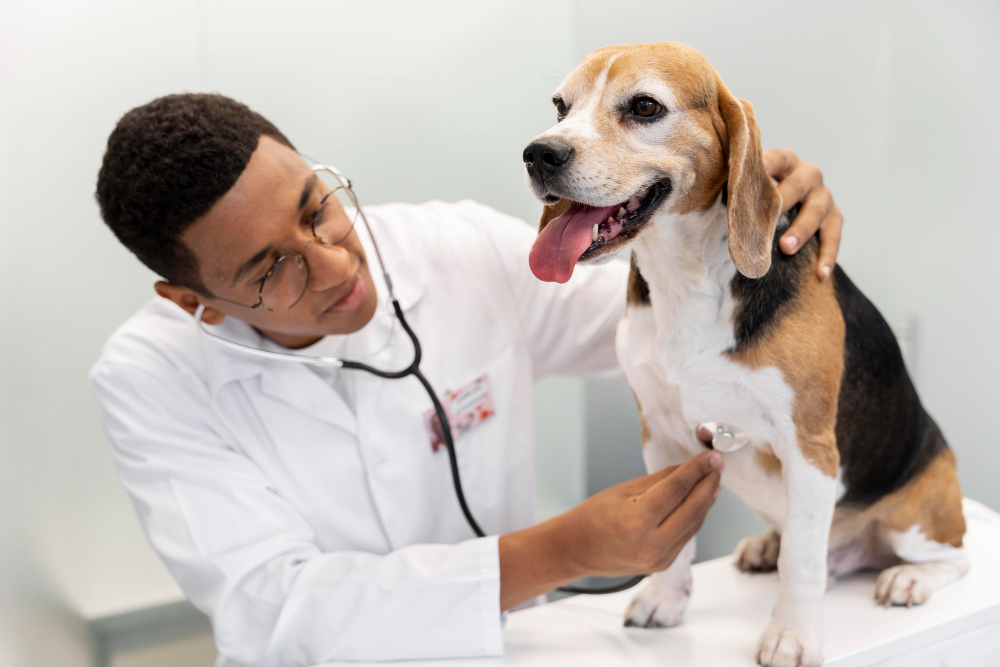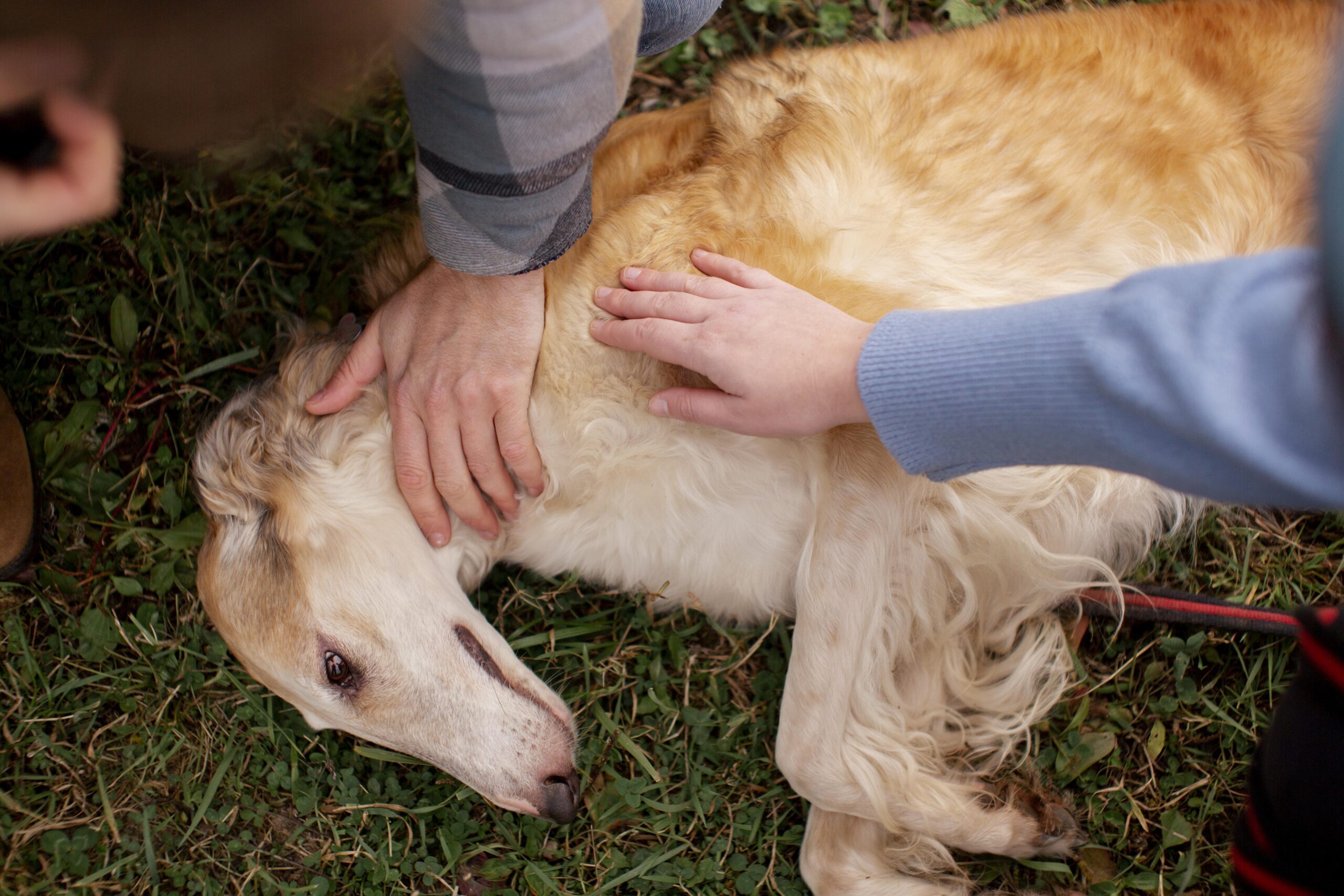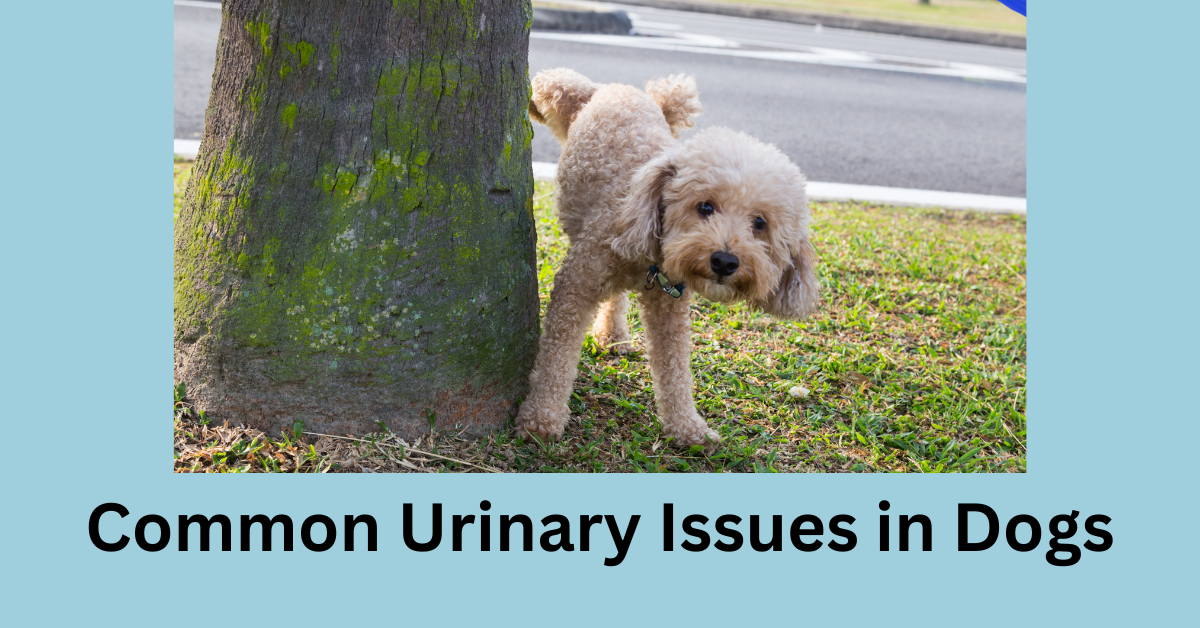An abscess is a localized infection in a dog’s body that is characterized by a concentration of white blood cells that is encircled by a “capsular wall.” A central core of an abscess is filled with pus, a thick fluid that contains white blood cells, dead tissue, and occasionally microorganisms.
Common Locations of Abscesses in Dogs
- Teeth: A dental abscess is an infection that occurs at the root of a tooth, exposing the tooth’s bone. If the infection grows, the root will become less dense, and the gum in the region will become inflamed.
- Skin: Skin abscesses are caused by bites, splinters, and sharp objects that intrude under the skin to introduce germs. This is an effect of the inflammation as the wound heals—when tissues harden, they can actually hold bacteria; therefore, a painful, fluid-filled lump forms. Hot spots, a kind of skin abscess, are related to skin allergies and over-grooming.
- Anal Sac: On each side of a dog’s anus, there are bulging sacs that excrete fluids during defecation. If this fluid solidifies, it fills the ducts, which lead to inflammation and possibly abscess formation in the sacs.
- Infected Neoplastic Mass: A malignant or benign tumor, for instance, may turn into an infected abscess if it gets punctured and infected. This is an instance where an organ becomes painful due to inflammation.

Symptoms of Abscesses in Dogs
- Dental Abscess: Pain, swelling of the face especially around the mouth, foul smell from the mouth, salivation involving frothy matter and sometimes containing blood, and reluctance to chew or take food.
- Skin Abscess: Painful, warm, and firm lumps may develop and grow in size over time. If on a leg, the dog might limp or cry out when the area is touched. If there is an abscess or infection, the dog may have difficulty or be unwilling to sit, lie down, jump, or run.
- Anal Sac Abscess: Licking the area around the tail or scooting on the floor, or straining when having a bowel movement. If the abscess ruptures, there might be drainage.
- Infected Neoplastic Mass: Local swelling and pain manifestation in a previously well-demarcated area, without a previous history of spontaneous development of pain at the site of the mass.
An abscess can, however, be easily identified by a veterinarian during a simple palpation of the animal’s body. They may take a fine needle aspirate to sample cells in the lump and examine it with a microscope. If initial therapies are not effective, a culture of the abscess fluid may be taken to identify the bacteria causing the abscess to determine the proper antibiotic therapy.

Treating Abscesses in Dogs
Treatment depends on the type and location of the abscess:
- Opening and Draining: This involves removing the material after emptying the abscess, accompanied by the removal of foreign materials or infected tissues, which may require local or even general anesthesia.
- Oral Antibiotics: Usually prescribed to fight bacteria.
- Pain Medication: Includes anti-inflammatory medications to aid in pain relief.
- Warm Compresses: Used to increase blood flow and treat the wound site, suitable for home treatments most of the time.
Recovery and Management
In most cases of abscess, signs of improvement only begin to manifest 48 to 72 hours after initiating medication. Continuing visits with the vet is necessary to ensure recovery and avoid possible complications. Long-term management might involve dental visits for dental abscesses, expressing the anal sac for anal sac abscesses, and dealing with hot spots and possible allergies.

Frequently Asked Questions About Abscesses in Dogs
Q: What are the signs of dog abscesses?
A: Pain, redness and swelling on the affected area, paw licking, abnormal behavior, fur loss, and skin inflammation among others.
Q: Do dogs need any kind of treatment for abscesses, or can they heal on their own?
A: Some may heal on their own, but it is advisable to seek veterinary advice for proper treatment to minimize the formation of scar tissue.
Q: Is an abscess in a dog an emergency or should it be treated as a normal condition?
A: Yes, especially if it is painful to the extent that it hinders eating or if it is swollen. It is imperative to seek your vet’s input immediately.
References
Naughton, J. F., Tucker, R. L., & Bagley, R. S. (2005). Radiographic diagnosis–paraspinal abscess in a dog. Veterinary Radiology & Ultrasound, 46(1), 23-26.
Prakash, S. K. (2013). Dental abscess: A microbiological review. Dental research journal, 10(5), 585.





